

Partner Waldemar Hansen, Norman Fowler
Queer Places:
Eton College, Windsor SL4 6DW, Regno Unito
Lockers Park School, Lockers Park Ln, Hemel Hempstead HP1 1TL, Regno Unito
University of Oxford, Oxford, Oxfordshire OX1 3PA
Sulhamstead House, Reading, Sulhamstead RG7 4DX, Regno Unito
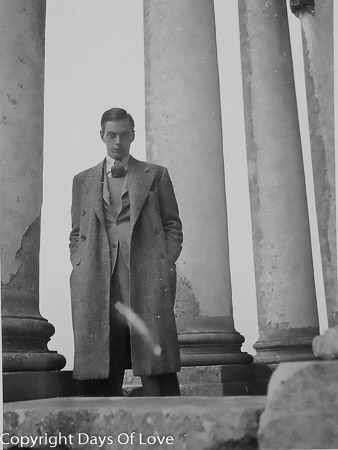 Victor
William (Peter) Watson (14 September 1908 – 3 May 1956) was a wealthy English
art collector and benefactor. He funded the literary magazine, Horizon,
edited by Cyril
Connolly. Privately his life involved a series of male lovers, often Americans (Waldemar Hansen,
Denham Fouts and
Norman Fowler being examples). Although generally extremely popular amongst those who knew him, he was lampooned for his flirtatious habits in the famous privately printed novel by
Lord Berners, “The Girls of Radclyffe Hall”, where his character was represented by “Lizzie”. (He also doesn’t come across too well in Michael Nelson’s “A Room in Chelsea Square”) .
Victor
William (Peter) Watson (14 September 1908 – 3 May 1956) was a wealthy English
art collector and benefactor. He funded the literary magazine, Horizon,
edited by Cyril
Connolly. Privately his life involved a series of male lovers, often Americans (Waldemar Hansen,
Denham Fouts and
Norman Fowler being examples). Although generally extremely popular amongst those who knew him, he was lampooned for his flirtatious habits in the famous privately printed novel by
Lord Berners, “The Girls of Radclyffe Hall”, where his character was represented by “Lizzie”. (He also doesn’t come across too well in Michael Nelson’s “A Room in Chelsea Square”) .
Watson was the son of William George Watson, later Sir George Watson, and was the youngest of three children—his brother Norman was born in 1897 and sister Florence in 1894. He was educated at Lockers Park School,[1] Eton College and St John's College, Oxford.[2]
Watson was an avid art collector acquiring works by such artists as Miró, Klee, and Pablo Picasso, which were displayed in his Paris apartment in the 1930s. He was the principal benefactor of the Institute of Contemporary Arts in London and also provided financial assistance to English and Irish painters including Francis Bacon, Lucian Freud and John Craxton.[3] In 1930, society photographer, artist and set designer Sir Cecil Beaton began a lifelong obsession with Watson, though the two never became lovers (Watson at the time was having a flirt with common friend Oliver Messel). Truman Capote once wrote to Beaton's biographer Hugo Vickers exposing the symbolism of Beaton's decorating choices: "In Cecil's house there was a book on the desk, a XIX century novel and a book mark in the place where one of the characters says: "I love you, Mr Watson." One chapter from Vickers' authorized biography of Beaton is titled "I Love You, Mr. Watson".
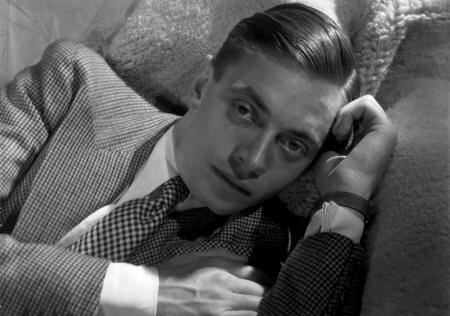
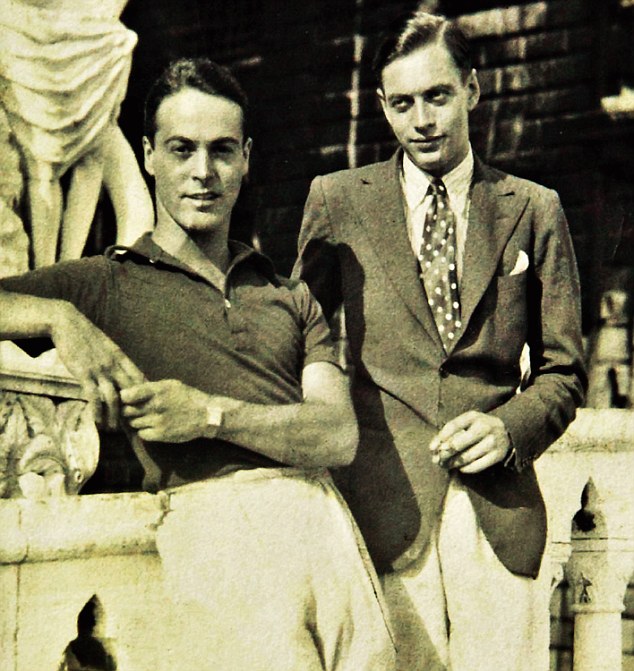
Oliver Messel and Peter Watson
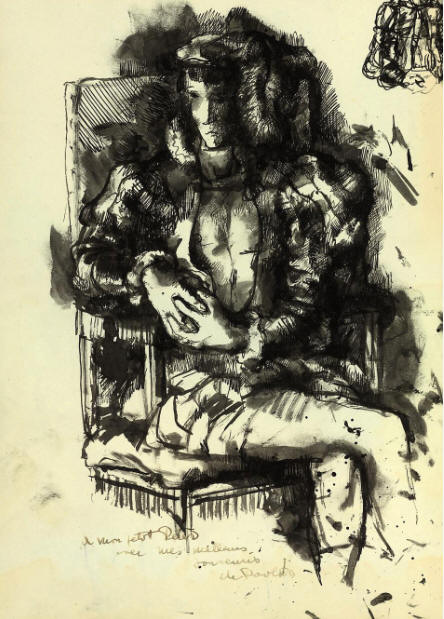
by Pavel Tchelitchew
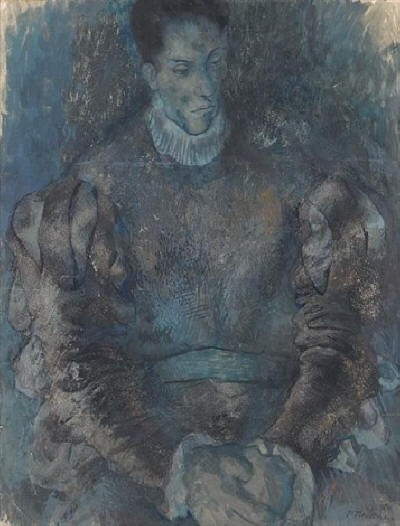
by Pavel Tchelitchew

by Pavel Tchelitchew
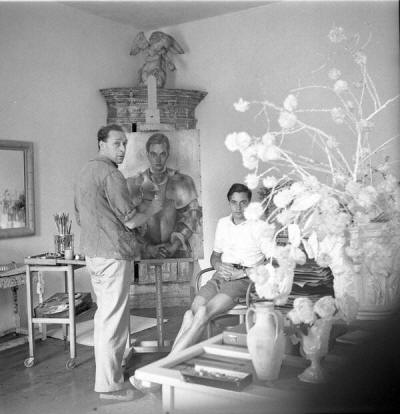
Peter Watson sits while the Russian artist Pavel Tchelitchew
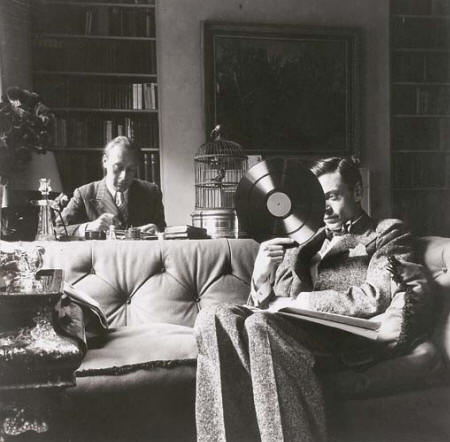
Pavel Tchelitchew and Peter Watson in Watson’s home

Girl Reading at a Table, by Pablo Picasso

by Lucien Freud
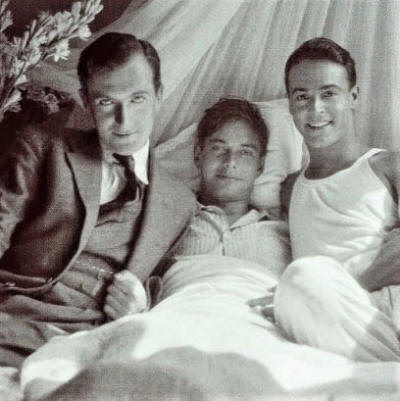
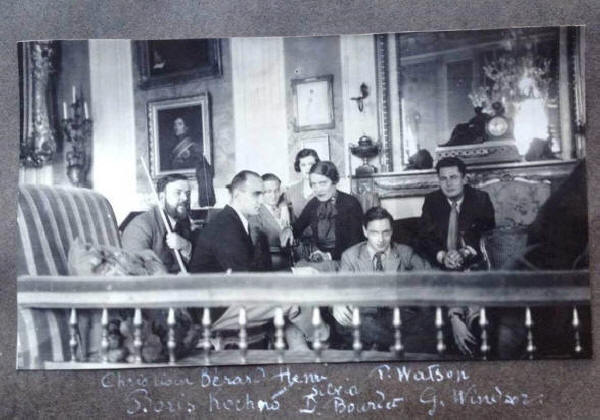
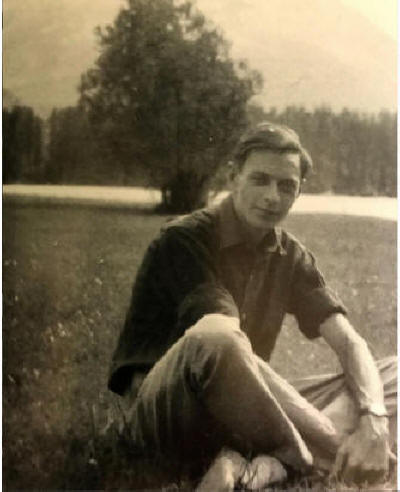

Rex Whistler and Peter Watson

Cecil & Peter in the mirror

by John Craxton
Jean Connolly moved in an entourage of young male couples that included Dwight Ripley and Rupert Barneby, Tony Bower and Cuthbert Worsley, Peter Watson and Denham Fouts, Brian Howard and Toni Altmann. "Drink, night life, tarts and Tonys," complained Cyril Connolly, who referred to the whole entourage as "Pansyhalla." They liked Picasso, Marcel Proust, and Francis Poulenc, favored in architecture the Baroque, admired Josephine Baker and jazz. Someone took a copy of Dwight Ripley's Poems to Jean Cocteau, who responded "Quel néurophate!", a diagnosis that Rupert relayed with wicked relish. When Gerald Heard published two books in 1931 to propose that evolution demanded an evolved human consciousness, Brian Howard called them "the most important that have ever been written since the Ice Age." In Pansyhalla, a compelling example was set by Peter Watson, who joined with Cyril Connolly in 1939 to found Horizon and then financed that influential journal thoughout its career. Until the WWII, Watson lived mostly in Paris; a portrait of Jean Connolly, by Man Ray, was in his apartment. In 1938 he subsized the publication of a first book of poems by Charles Henri Ford, the young poet who was painter Pavel Tchelitchew's lover, and who, back in New York by 1940, would found a counterpart to Horizon, the trendier but likewise influential magazine View. It was View that brought John Bernard Myers from Buffalo to be its managing editor, and Myers who, as director of the Tibor de Nagy Gallery that Dwight himself sponsored, acted as impresario for a cast of painters and poets that seems now, to typify the postwar New York scene.
Cyril Connolly blamed his marital difficulties on Jean's friends in Pansyhalla. "WE have still done nothing," he complained, "we have talked, quarrelled, drunk and laughed a great deal, and made love, but constructed nothing and not even really helped out friends, our only creations, Tony Bower and Nigel Richards." Bower believed, as did Dwight Ripley, that the separation (they called it "the parturition") had more to do with Cyril Connolly's being the child to Jean. When she returned to England because of the war, it appeared the marriage might be salvaged after all. Dwight had offered the Spinney, but Jean thought better of it. "The Connollys haven't showed up," he reported to Rupert Barneby. Instead she went biking near Trewyn with Peter Watson's lover, Denham Fouts, proceeded with him to Ireland, and from there the two departed for New York. Fouts was to be entrusted in America with Watson's five-by-four-foot Picasso, Girl Reading at a Table, which had been on view in the Picasso retrospective at the Musuem of Modern Art. Fouts continued south to visit his family in Florida, where Jean panned to join him for a drive cross-country to California. She first had an errand to accomplish on behalf of Cyril, who had asked her to contact a prospective contributor to Horizon and encouraged him to submit material. This was Clement Greenberg, an employee then of the US Custom Service, whose now famous essay, "Avant-Garde and Kitsch" had impressed Connolly when it appeared the previous year in Partisan Review. Jean didn't telephone; she simply knocked at Greenberg's door. In his letters to Harold Lazarus, Greenberg described the resulting affair. Fouts, losing patience, started for California by himself. Jean caught up with him in Dallas, and in Los Angeles they joined their refugee friends, who included, by this time, Tony Bower. The interlude that followed was to inspire the "Paul" chapter in Down There on a Visit by Christopher Isherwood (1962). Jean became "Ruthie," Fouts is "Paul," Bower is "Ronnie," and Gerald Heard is "Augustus Parr."
Early in WWII, Peter Watson had arranged a studio for the Scottish painters Robert Colquhoun and Robert MacBryde (they were known as "the two Roberts" because they were a couple.) Later he provided support to John Craxton, Michael Wishart, and Lucian Freud. Dwight Ripley joined in this project, if marginally, when he bought an oil by MacBryde and lent it to the Pennsylvania Academy of the Fine Arts.
In 1940 Watson provided funding for Cyril Connolly's Horizon and became its arts editor. Stephen Spender was also involved with the magazine initially. Watson was art editor for the magazine between 1940 and 1949. He rarely contributed articles, but gave many opportunities for his friends to have their pictures reproduced in the magazine, and also encouraged Horizon to look beyond British Art, particularly to Paris. Watson commissioned articles on artists barely known at the time in England, such as Balthus, Morandi and Klee. He persuaded Picasso's dealer, Daniel Kahnweiler, to comment on the contemporary art market; and he also got Michel Leiris to write about Giacometti.[4] Spender recalled to Connolly's biographer, Clive Fisher, that Watson hated "priggishness, pomposity and almost everything to do with public life," and he suspected that he had educated himself "through a love of beautiful works and of people in whom he saw beauty ...". He added "When I think of him then, I think of his clothes, which were beautiful, his general neatness and cleanness, which seemed almost those of a handsome young Bostonian."[5]
Fisher writes that Peter Watson "was a figure of striking attractiveness; women in particular seem to have found his manners irresistible... almost everyone appears to have liked him." One of Watson's lovers was the American male prostitute and socialite Denham Fouts, whom he continued to support even after they separated as a result of Fouts's drug addiction.
In December 1945, Peter Watson and Cecil Beaton arrived in New York to visit Pavel Tchelitchew and Charles Henri Ford. John Bernard Myers worked for Ford at View magazine, and through him, Waldemar Hansen got to meet Watson and Beaton at dinner in March 1946. In 1947 Hansen got a job with Cecil Beaton, serving as his secretary, although all-around amanuensis would be a more precise description. They got along well, considering that Hansen approved of little that Beaton wrote or designed or photographed. "Perennial chi-chi," Hansen would say, "but of course the world would be a dull place without a luttle chi-chi." In the end he liked Cecil's character. At the end of 1947, Hansen left New York for London to live with Peter Watson.
In Paris in 1947 with Watson, Waldemar Hansen wrote home to a friend in the USA that the gay nightclubs were ‘like Berlin, 1941’. Travelling through southern Italy, Hansen wrote that ‘Rome is quite gay on the Via Veneto, where American soldier-queens sit in cars and camp with the local belles’. He added, ‘I’m told that everyone in Italy is gay, for money. It’s like pre-Hitler Berlin.’ In a rare moment of self-awareness Watson said in a letter to Waldemar Hansen that his "greatest need [was] to love rather than be love"'.
At the end of October 1949, Hansen left Englad aboard the Queen Elizabeth. His luggage consisted of two suitcases, one box and a typewriter, plus enough heartache and self-pity to fill the ship twice over. Just over a month later, Watson also left England; he travelled down through Spain to Portugal, and at Lisbon he boarded the SS Alcantara bound for Rio de Janeiro.
Watson was found drowned in his bath on 3 May 1956.[6] Some have suggested that he was murdered by his young American lover, Norman Fowler (1927 - March 23, 1971)[7][8] (from whom Bacon stole £300 to go gambling). Fowler inherited the bulk of Watson's estate and died 14 years later in the West Indies; he was also found drowned in his bathtub.[7]
Watson's sister, Florence Nagle, fought a prolonged battle against Britain's Jockey Club, the controlling body for horse racing. His brother Norman provided funding for the early development of Lake Louise, a ski resort in Alberta, Canada.
My published books: